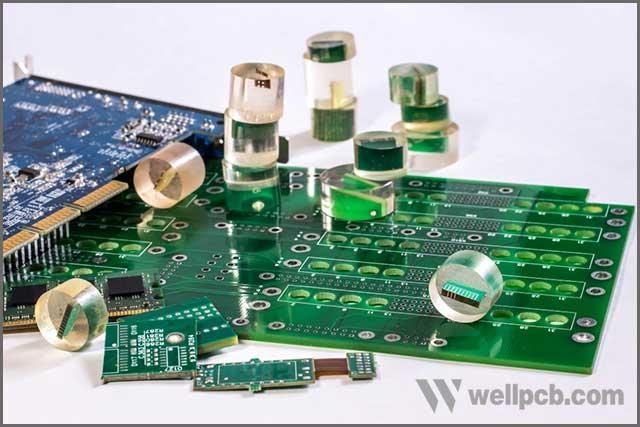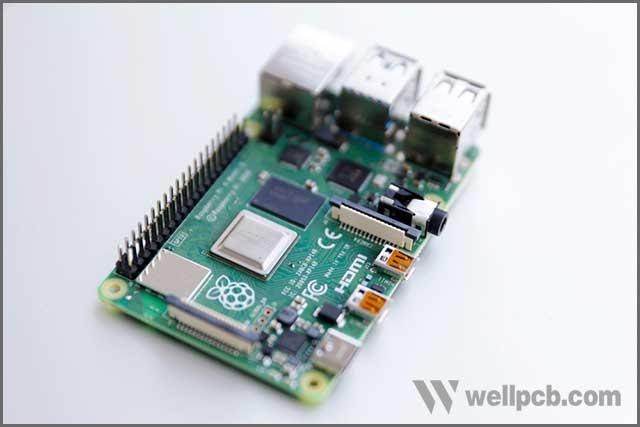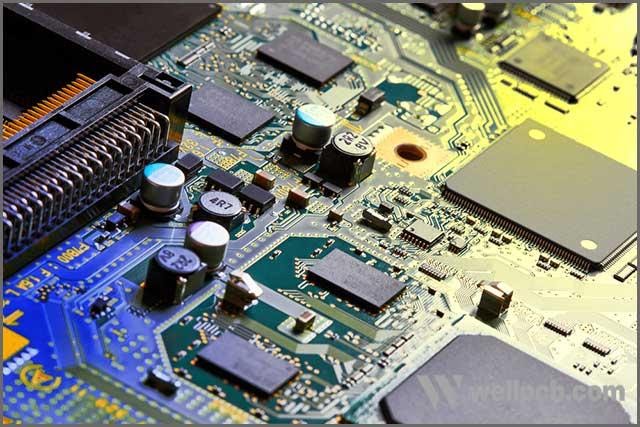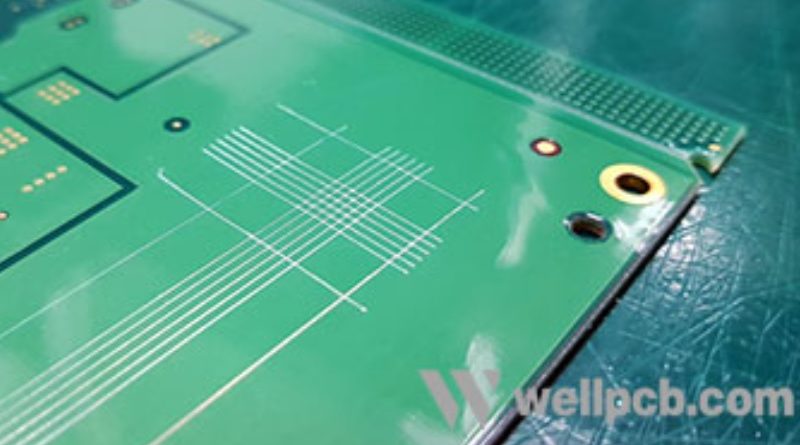12 Guides To Help You Choose The Right PCB Conformal Coating
With the continued witness of miniaturization of circuits and electronic devices worldwide, conformal coating PCBs seem to have surged more than ever. To protect the PCB from elements such as moisture, extreme temperatures, and dust, manufacturers should use conformal coatings. It is important to choose the best surface type.
So here, we will provide 12 guidelines on how to choose the ideal conformal coating for your PCB. Next, let’s take a look!
1. The function of PCB conformal coating
- The main purpose of conformal coating is to protect electronic components from corrosion and environmental factors;
- Serve as the insulating material of the printed circuit board, and minimize the environmental pressure when assembling the printed circuit board. Helps eliminate the need for complex and complex housings;
- Protect printed circuit boards from fungus, heat, moisture and airborne contaminants (such as dust and dirt);
2. Classification and Properties
The following are some typical classifications of conformal coatings:
- Acrylic acid resin – they excel in providing general protection and moderate elasticity. It is also recognized based on its moderate moisture resistance and dielectric strength.
- Epoxy resins-In addition to producing hard coatings, they have excellent moisture resistance and high chemical resistance and abrasion resistance.
- Organic silicone-This silicon has general anti-fungal and moisture-proof properties.
- Polyurethane – has excellent chemical resistance and moisture resistance, also, polyurethane has abrasion resistance and solvent resistance.
- Parylene-This unique type of surface applied by curing can provide high vapor phase deposition.
- UV curing coating – UV-curable coatings are difficult to repair or rework, and cured coatings can provide rapid production capacity.

3. One piece is easier to operate
The single-coat composition is also the best coating for easy use and has a long pot life, so it is also one of the best coatings. The only major disadvantage with regard to single components is that they require a long time to cure for optimal care.

4. Material Cure Mechanism
The cure mechanism is not a primary criterion when choosing the type of surface to use. In the long run, though, it has a direct impact on the nature of the method of application that will be workable.
Some of the most basic cure mechanisms include:
- UV Cure – here, coatings get cured using ultraviolet light and offer quick production throughputs.
- Heat Cure –this type of curing is used as part of a secondary UV Cure mechanism, evaporate cure, or moisture cure.
- Moisture Cure – this is a curing used with an evaporative cure.
- Evaporative Cure Mechanism – here, the liquid carrier first evaporates, leaving behind a coating.
5. Long Shelf Life
Shelf life or product shelf life is the longest time a product can continue to be used on the shelf. During this period, as defined under the specified display, storage, and distribution conditions, the defined quality is retained. You do n’t want to buy products that will only deteriorate for a few days or weeks.
Some paints cannot guarantee a long shelf life, so they need to be avoided if possible. Silicone conformal coating 433B is an ideal product, not only has a faster curing time but also has a longer shelf life.
6. Wide operating temperature range
When choosing a conformal coating to be used on a PCB, you will be more suitable to use materials that can withstand a variety of operating temperature ranges. The surface should do this without affecting the function of the circuit board. For example, the silicone resin is one of the best materials that can provide protection in a wide temperature range.

7. Engineering or Performance Characteristics
Before selecting the type of coating to use, make sure that it cannot cause or bring about stress on components, especially during thermal extremes. The surface must have the ability to withstand thermal hot-spots that are produced by components.
8. Ability to Protect The Board From Extremely High/Low Temperatures And Mechanical Impact
Individual PCBs find substantial use in high-temperate environments such as equipment used in the military. Still, individual PCBs regularly get exposed to situations where the mechanical effect is enormous. You have to ensure that components on the printed circuit board are shielded both from high/low temperatures in addition to high mechanical effects. To achieve this, you’ll have to shop for a conformal coating with such characteristics.
The cured coating needs to be abrasion-resistant to withstand constant handling, especially during manufacturing.
9. The Conformal Coating Should Get Cured at High Speeds Without By-Products Generation
Curing conformal coatings happen immediately after the process of dispense or coating spray is done. The surface is regarded as fully cured the moment the conformal coating applied on the PCB board is tack-free to get handled.
At times, curing can be accomplished at average room temperature, even though it takes some significant time to dry. Most engineers desire to produce PCBs at high rates for them to realize substantial profit margins. The conformal coating selected must be able to get cured at high-speeds without generating by-products for them to achieve these profits.

10. Low Toxicity And Low Cost
A good conformal coating material, apart from ensuring that it is low-cost and affordable, it should be made of non-toxic materials.
11. Repairability
The conformal coating that you choose to use must be easily repairable or re-workable. Repairability is an aspect that ensures that the solder touches up takes place as desired during component placement. For excellent results, the materials that you choose to use for patching must be the same as those used in the initial assembly coating.
12. Verification Method and Technique
Lastly, when it comes to choosing the best conformal coating for your PCBs, you need to ensure that you subject them to verification methods and techniques. Fundamental verification and technique methods include inspection, demonstration, test, and analysis.
Verification will ensure that you get to avoid errors before you begin mass production of your PCBs. You need to ensure that you inspect the conformal coating that you use, demonstrate if it can work, test, and analyze using calculations and test models.

Summary
When selecting a conformal coating for your PCB, you need to keep functionality and application requirements at the back of your mind. While it is crucial to protect your PCB, ensuring that you protect it with the right materials is vital.
Cloom and WeLLPCB are brother companies, Its covers include the value-added business of Wire harness production, assembling, custom design and most efficient delivery route.
This is a sponsored post by WellPCB.com
Thanks for reading. If you like this post probably you might like my next ones, so please support me by subscribing my blog.
Recommended: How components can help to speed up the development process when using RTOS?




